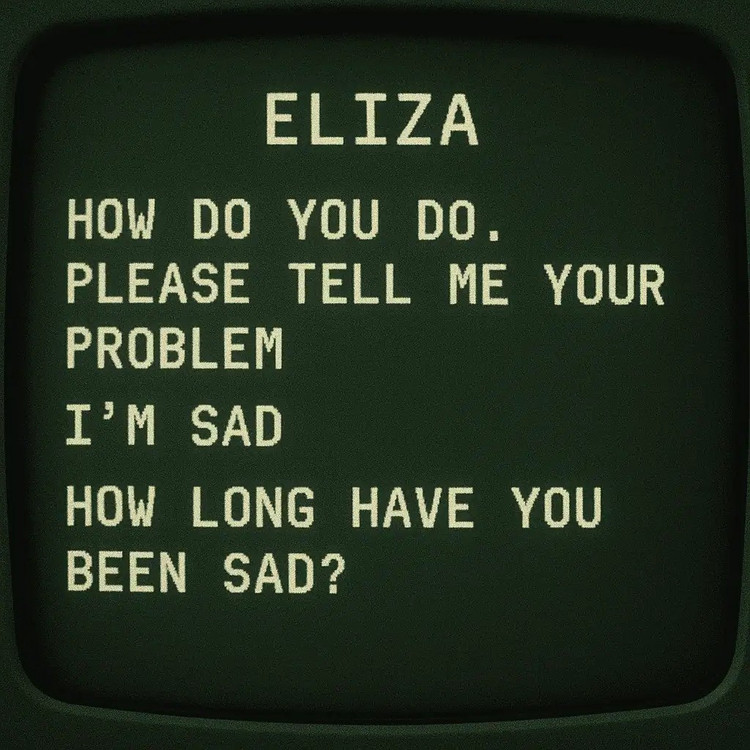
One morning in December 2024, deep inside a virtual simulation of a giant 1960s IBM 7094 computer, a classic line suddenly appeared on the screen: “HOW DO YOU DO. PLEASE TELL ME YOUR PROBLEM”.

This familiar phrase is the sign for the return of ELIZA – the first chatbot in human history, revived on the original hardware system that helped it come into existence nearly 60 years ago.
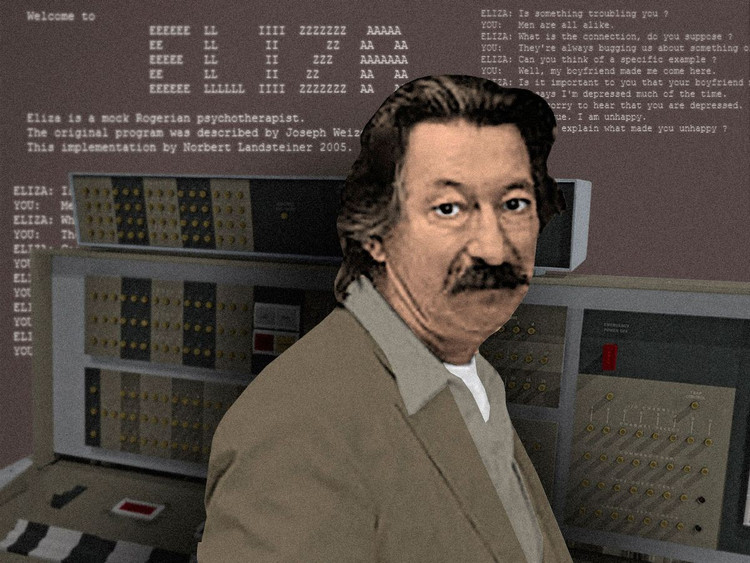
Created between 1964 and 1966 by computer scientist Joseph Weizenbaum at the Massachusetts Institute of Technology (MIT), ELIZA was not an intelligent virtual assistant like ChatGPT or Siri today.
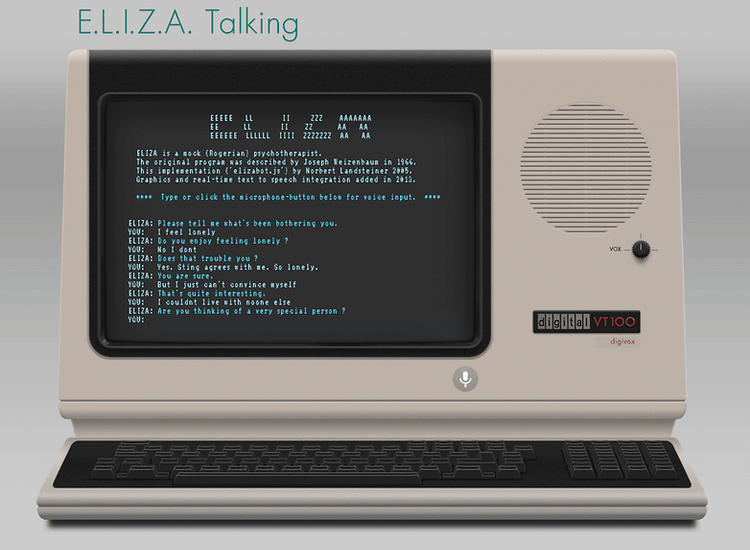
Instead, it is a simple program that uses pattern matching and question substitution to simulate a conversation between a user and a Rogerian psychotherapist.
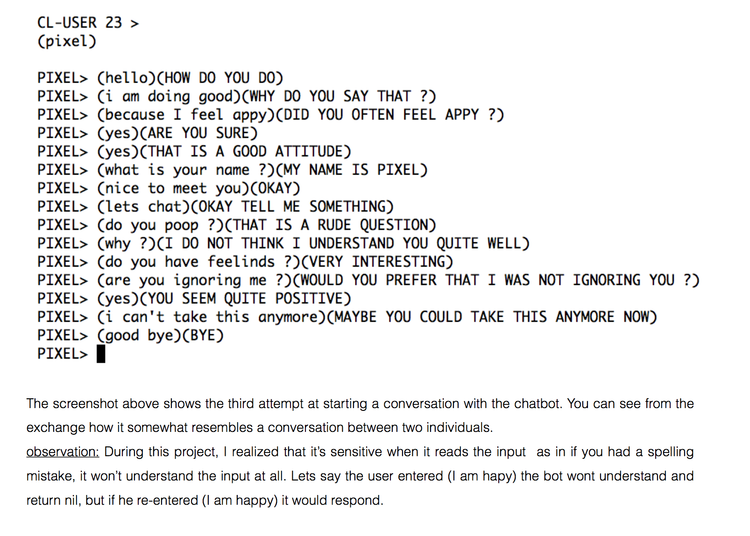
When a user shares an emotion like “I feel sad”, ELIZA can gently ask back: “How long have you been feeling sad?”. The simplicity of ELIZA’s response was surprising at the time.

Weizenbaum's personal secretary once asked to be left alone with the program to "chat," while many others sought out ELIZA as a confidant.
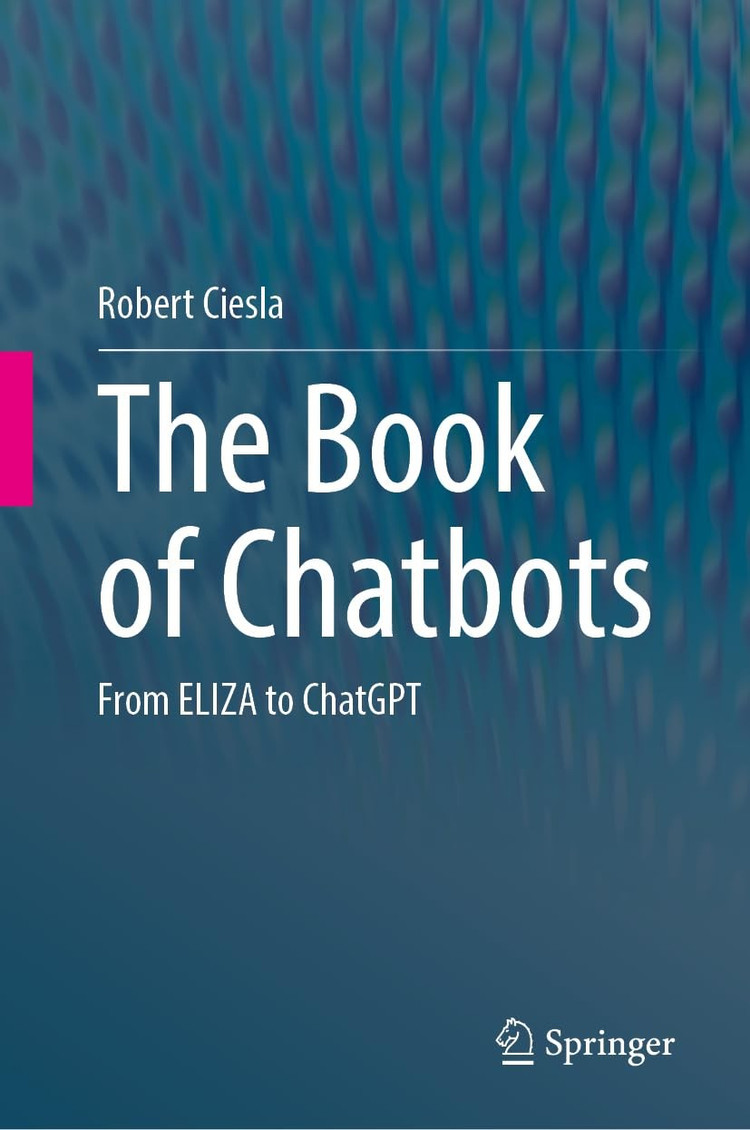
However, the original version of ELIZA – written in the MAD-SLIP language on the CTSS (Compatible Time-Sharing System) operating system of the IBM 7094 computer – disappeared from the archives during the course of its development history.

Because the IBM 7094 computer never connected to ARPAnet – the precursor to the Internet – as rewritten versions in other programming languages like Lisp spread, the original MAD-SLIP gradually fell into oblivion.

It wasn’t until 2021 that Jeff Shrager, who rewrote ELIZA in the 1970s, initiated an effort to recover this “forgotten legacy.” With the help of MIT archivist Myles Crowley, the team unearthed a 1965 printout of the original ELIZA source code in a box labeled “computer chat.”
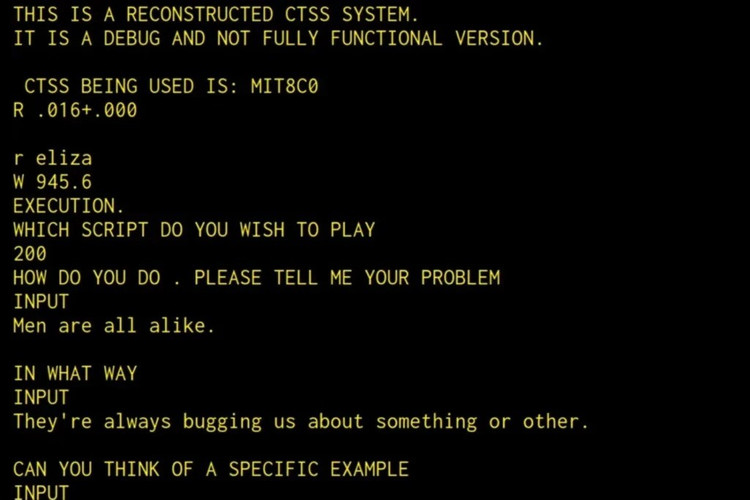
But finding the source code was only the first step. The code was incomplete, printed in faded ink, in a non-ASCII format, and sometimes shortened to cryptic symbols like “W’R” for the keyword “WHENEVER.” Furthermore, a missing space or a small typo in the punch card system could render the entire program inoperable.
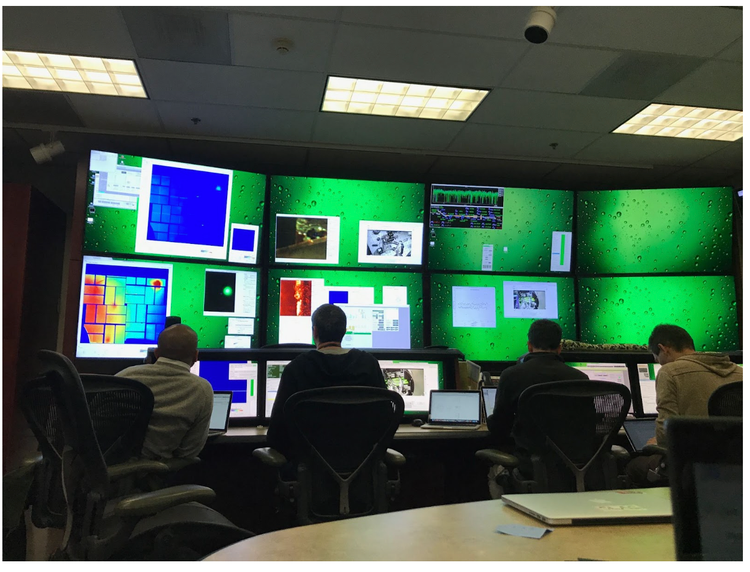
To truly “revive” ELIZA, the team, consisting of Rupert Lane, Anthony Hay, Arthur Schwarz, David M. Berry, and Shrager himself, had to recreate a complete simulation of CTSS and the IBM 7094. They called themselves “Team ELIZA.”

After years of painstaking work, the reconstruction was nearly ruined by a small error on line 1670 – where a number was missing. But once everything was corrected, something miraculous happened: ELIZA spoke again. The greeting “Men are all alike” and the response “IN WHAT WAY” rang out – exactly as in the original 1966 document, leaving the research team deeply moved.
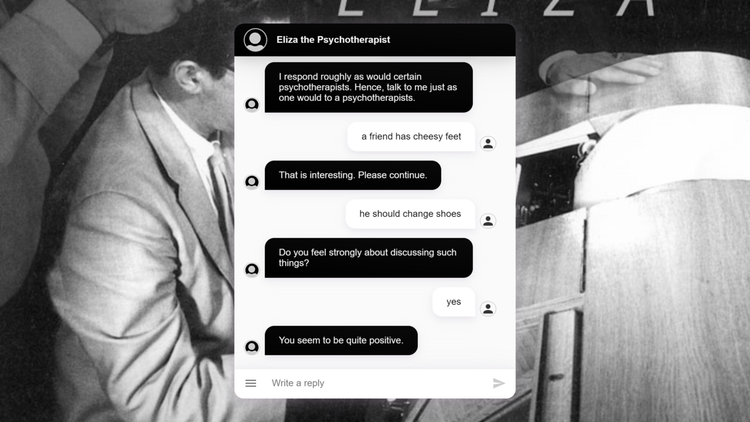
More interestingly, the team also discovered a secret “teacher mode” in the source code – a feature that allows users to directly edit ELIZA’s scripts, adding or removing feedback rules right on the fly.
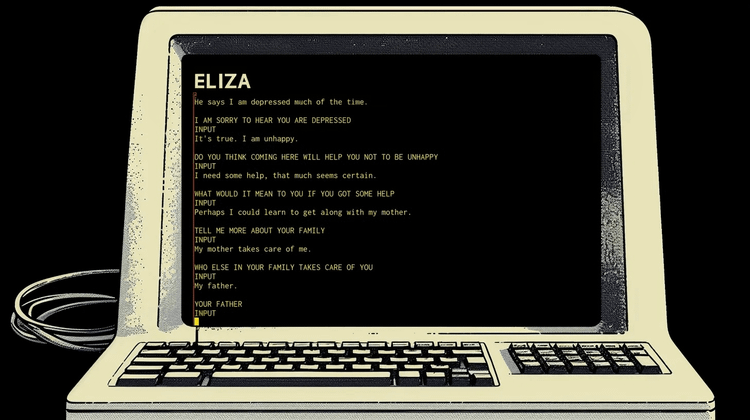
This was a rudimentary form of “learning,” not quite machine learning, but enough to suggest the possibility of adaptation—an idea that was cutting edge in 1966. ELIZA could store changes on disk, demonstrating that the concept of “learning with storage” had been around since the dawn of computing.
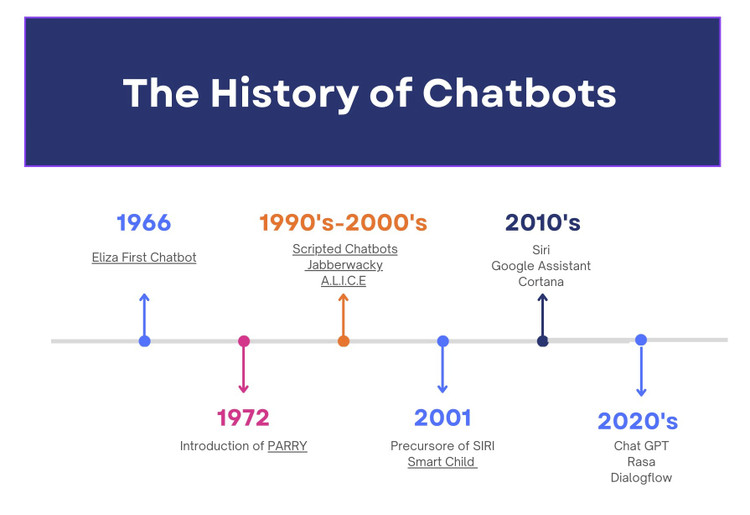
ELIZA is more than just a computer program; it’s a milestone, an embodiment of the first steps in the journey of artificial intelligence. It existed before the word “chatbot” existed and before the concept of a virtual assistant was even defined.
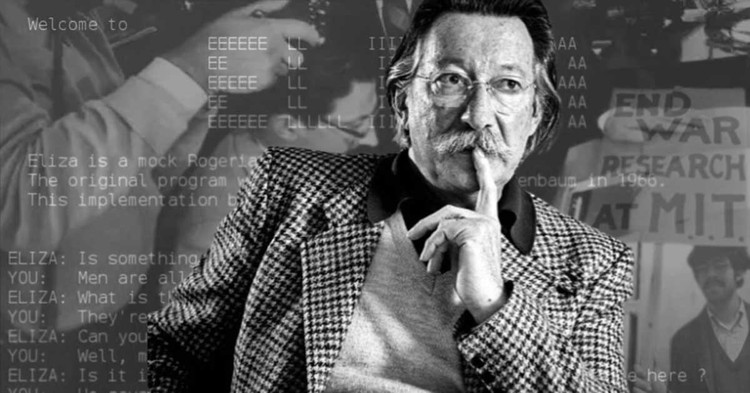
Weizenbaum, the father of ELIZA, later became one of the most vocal critics of the development of artificial intelligence, warning that assigning computers the role of “psychological tools” could have unintended consequences.

In an age where language models like ChatGPT are getting closer to human-like conversational abilities, the question is: are we recreating the expectations we once had for ELIZA, just on a higher level? And now that ELIZA is “talking” again, perhaps it’s time to listen not only to it, but also to ourselves.
Source: https://khoahocdoisong.vn/tri-tue-nhan-tao-co-dai-song-lai-gay-chan-dong-cong-nghe-post1543707.html

















































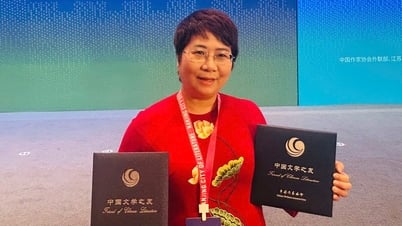












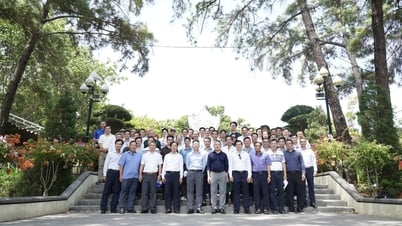







































Comment (0)